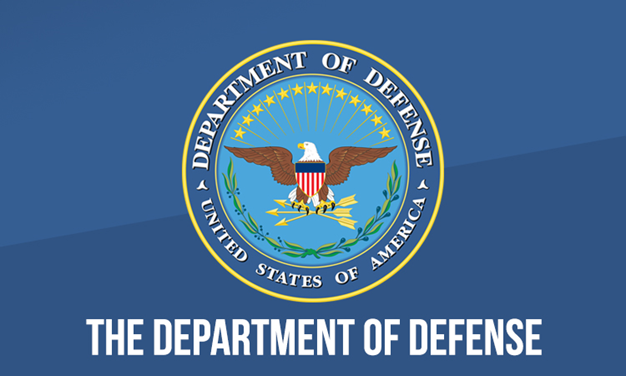Part 2 of 2 Parts (Please read Part 1 first)
The moderator of the December 1991 Meet the Press show asked Dick Cheney what the U.S. could do to reduce the possibility of rogue Russia nukes. As part of his official duties, Cheney had been pondering this question. He said, “The only realistic thing for me to do as secretary of defense is to anticipate that one of the byproducts of the breakup of the Soviet Union will be the proliferation of nuclear weapons.” The prospect of two hundred and fifty nuclear weapons finding their way into the hands of Al Qaeda or ISIS via the international black market is truly terrifying.
Fortunately for the U.S. and the world, not all U.S. leaders were willing to just let such a thing happen. Many felt that President George H.W. Bush’s administration had a failure of imagination and did not deal with the situation adequately. Democratic senator Sam Nunn of Georgia and Republican senator Dick Lugar of Indian came up with a plan. They wrote and passed legislation called Nunn-Lugar with no help from the Executive branch. This bill gave the Department of Defense and U.S. energy officials authority and money to build partnerships with the former Soviet nuclear custodians in Russia and the other former Soviet client states to secure former Soviet nuclear weapons. The U.S. and Russia collaborated to create a new post-Soviet nuclear order.
Over the past thirty years, with strong bipartisan support, more than twenty billion taxpayer dollars have been invested in the most cost-effective expenditure in the defense budget. More than three thousand long-range nuclear missiles targeting U.S. cities were ultimately removed from Soviet successor states. It was the greatest nonproliferation success in the history of the world. In addition, thanks to the Nunn-Lugar program, fourteen thousand short-range tactical nuclear weapons ideally suited for use by terrorists were secured and most of them eliminated.
Now, looking back over the last thirty years, we can ask how many nuclear weapons from the Soviet arsenal have proliferated? As far as we know, not a single weapon has been discovered outside the control of the Russian authorities. And we know for certain that not one of them has ever been detonated.
As disappointing as the U.S. – Russian relationship has been and will continue to be, when it comes to the challenge that mattered most, the two governments found a way to prevent a plausible, even likely, catastrophe.
As optimistic as the current picture is, there remains a desire for terrorist organizations to obtain nuclear materials to construct their own nuclear weapons. There is a thriving black market in eastern Europe for weapons sales. The authorities there have intercepted small amounts of radioactive materials that were involved in attempts to sell much greater quantities to terrorists. Fortunately, all such attempted sales were foiled. However, the world must be continually vigilant in preventing any such trafficking in nuclear materials. The technology needed to construct a nuclear bomb is widely available and any country with expertise, equipment and weapons grade nuclear materials could easily build one if so motivated. There is a global movement for total nuclear disarmament which will need to be implemented to eliminate the threat of nuclear weapons permanently.
